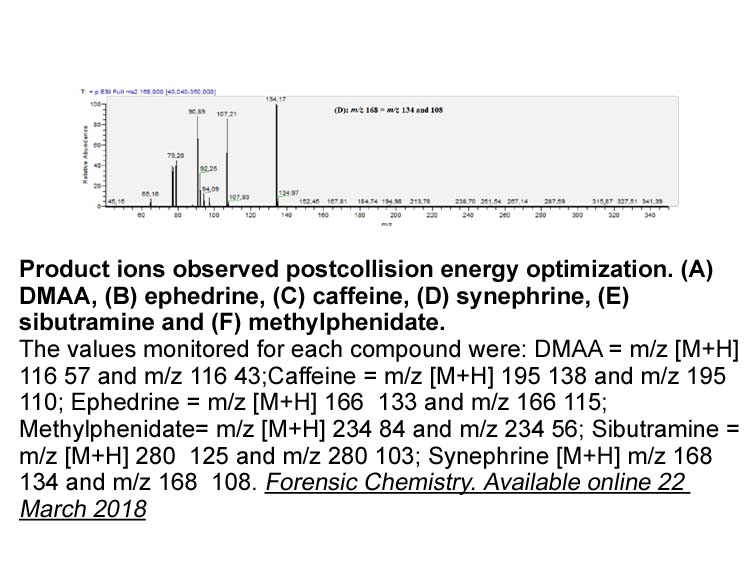Archives
A-317491 AR is expressed in cell
AR is expressed in cell-specific human ovarian follicles at all stages of follicular development [25]. Administration of androgens in animals demonstrated initiation of follicular recruitment, stimulation of early stages of follicular growth, and increase in the number of growing follicles [26,27]. The main mechanism to explain this fact could be that the androgens enhance the follicular sensitivity by increasing FSH receptor (FSHR) levels [28]. In humans, basal serum testosterone levels correlate with ovarian response in COS [[29], [30], [31]] and the improvement of COS after the administration of exogenous androgens in POR patients has been reported [32], although their use is controversial [33,34]. Recently, a randomized trial in POR patients was published reporting that testosterone pretreatment failed to increase the number of retrieved oocytes in POR patients [35]. According to our results, the controversies regarding the efficacy of androgens could be explained by the genotype in the AR gene. Our data suggest that patients that carried CAG repeats in AR gene between 22 and 24 showed an increased in the number of retrieved oocytes and MII when they were pretreated with androgens. Among patients with a number of repeats that get out of 22 and 24 no differences were found between cycles. Thus, in order to show the benefit of testosterone pretreatment in POR we need to evaluate the AR genotype to avoi d confounding factors concerning different response. Future trails to explore the clinical efficacy of androgens should include the AR genotype. Recent work reported that the highest AR activity was confined to the 22 repeats CAG [36]. A poliglutamine tract of about 22 would represent the baseline activation status of the AR. A higher or lower number of glutamine residues would lead to a lower activation of the androgren-regulated A-317491 [36]. This may explain why only patients which carried a number of CAG repeats in a range near to the highest AR activity could be benefited of the use of androgens to improve the COS.
In summary, we provided evidence to show that CAG repeat length in exon 1 of the AR gene is related with POR. This discovery together with other genetic polymorphisms could help in the future to predict years in advance the likelihood of developing a low ovarian response. Moreover, to our knowledge, these data show for the first time the relation between AR gene polymorphism and the ovarian response in androgen pretreatment cycles. This investigation reveals that in POR patients the AR gene polymorphism could be used as a pharmacogenetic tool to identify patients that would be benefited of the use of androgens to improve their response. Furthermore, more studies will be needed to clarify the role of androgens on the ovarian response to stimulation and also on the follicular depletion.
d confounding factors concerning different response. Future trails to explore the clinical efficacy of androgens should include the AR genotype. Recent work reported that the highest AR activity was confined to the 22 repeats CAG [36]. A poliglutamine tract of about 22 would represent the baseline activation status of the AR. A higher or lower number of glutamine residues would lead to a lower activation of the androgren-regulated A-317491 [36]. This may explain why only patients which carried a number of CAG repeats in a range near to the highest AR activity could be benefited of the use of androgens to improve the COS.
In summary, we provided evidence to show that CAG repeat length in exon 1 of the AR gene is related with POR. This discovery together with other genetic polymorphisms could help in the future to predict years in advance the likelihood of developing a low ovarian response. Moreover, to our knowledge, these data show for the first time the relation between AR gene polymorphism and the ovarian response in androgen pretreatment cycles. This investigation reveals that in POR patients the AR gene polymorphism could be used as a pharmacogenetic tool to identify patients that would be benefited of the use of androgens to improve their response. Furthermore, more studies will be needed to clarify the role of androgens on the ovarian response to stimulation and also on the follicular depletion.
Conflicts of interest and source of funding
Introduction
Despite recent advances and new therapeutic strategies, the molecular mechanisms underlying breast cancer (BC), are yet not fully understood. Breast cancer remains the leading cause of cancer-related death in women. In 2017, the American Cancer Society in the United States estimates that there will be around 252,710 new cases of invasive BC in women and 40,610 deaths [1]. In Europe, 463,800 cases of female BC were estimated in 2012, and 131,200 deaths were related to BC [2].
BC is classified into five biologically different subtypes based on the expression of estrogen receptor (ER), progesterone receptor (PgR) and human epidermal growth factor 2 (HER2). Until today, these factors are the only ones universally recognized as predictive and prognostic factors in BC [3]. In addition, the oncogenic roles of nuclear steroid hormone receptors and signaling, which are mediated by ER and PR respectively, have been extensively studied.
Several endocrine therapies are currently available for the treatment of ER-positive BC, including selective estrogen-receptor modulators (SERMs), aromatase inhibitors (AIs), progestins, androgens, and, most recently, the selective estrogen receptor downregulators (SERDs) [4]. However, endocrine resistance can occur both de novo and after active treatment affecting 30–50% of patients [5], [6], [7].